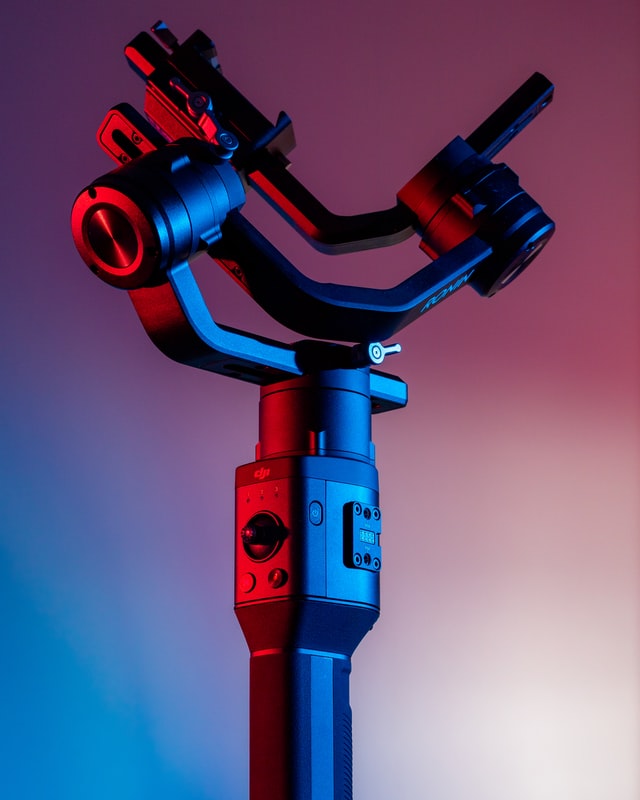
What are the best steadicams or gimbals for lightweight cameras?
There are a few different steadicams and gimbals on the market that are perfect for lightweight cameras. The most popular option is the Zhiyun Crane v2, which is a handheld 3-axis gimbal that supports up to 6.6 pounds. It has a built-in LCD screen for real-time monitoring, and offers 360 degrees of rotation on all three axes.
Another popular option is the Glidecam HD2000, which is a handheld 2-axis steadicam that supports cameras up to 8 pounds. It features an adjustable counterbalance system to help you achieve smooth and stabilized shots, and also has a postive/negative balance adjustment to fine tune your camera’s weight distribution
A third popular option is the Zhiyun Smooth Q, which is a handheld 2-axis gimbal that supports cameras up to 1.5 pounds. It features a wireless remote control and an ergonomic design for easy adjustment. The camera case can be rotated 360 degrees vertically, and it offers panning speeds between 0 and 220 degrees per second.
You might be like: Gimbal for Nikon Z6
Table of Contents
ToggleWhat factors should you consider when choosing a steadicam or gimbal?
When you’re looking for a steadicam or gimbal, there are several factors to take into consideration: your budget, how much weight your camera can support, if you need 3-axis stabilization , what other accessories may be needed (such as lenses), and whether or not it’s compatible with your camera.
How much does a steadicam or gimbal cost?
Steadicams and gimbals typically cost between $200 to $500, although there are some cheaper models ($100-$200) available. More expensive options ($500+) can support heavier cameras (up to 20 pounds), while less expensive ones ($50-$100) usually only support lightweight point-and-shoot cameras, smartphones, or very light interchangeable lens cameras.
How much does a steadicam or gimbal weigh?
A handheld 3-axis gimbal stabilizer weighs about 1 pound , while a handheld 2-axis stabilizer weighs about 0.6 pounds . More expensive models may weigh more than the cheapest ones due to their larger motors and stronger material construction, but it’s also possible for them to be lighter if the material they’re made from is more lightweight.
Do you need a stabilizer with 3-axis stabilization?
There are two main types of steadicams and gimbals: 2-axis and 3-axis . A 2-axis stabilizer only provides stabilization along the height and width axes, whereas a 3-axis stabilizer also includes stabilization along the depth axis to keep your camera level even when moving forwards or backwards. Some handheld gimbals can provide stabilization on all three axes at once, while most handheld steadicams only stabilize the second and third axes individually. It’s typically best to purchase a 3-axis model if you want the smoothest possible footage without having to spend too money.
Is your camera compatible with your steadicam or gimbal?
A tripod mount screw hole is required to connect a camera to a stabilizer, but some cameras may not be compatible with certain models. Most 3-axis handheld gimbals are built for mirrorless cameras and DSLR’s that weigh up to 10 pounds. Some 2-axis handheld steadicams are also compatible with lighter smartphones, very light interchangeable lens cameras, or lightweight point-and-shoot cameras.
If you’re looking to purchase a newer camera in the future, it’s best to choose a steadicam/gimbal model that supports your camera’s weight/size range now so you won’t need to purchase another one later on the line. The specifics of some models that are compatible with certain cameras and 3-axis handheld gimbals:
Canon: EOS 70D, 60D, 600D, 1100D, 1000D. Can use Steadicam Curve (see below) with Rebel series DSLRs.
In photography, there are a million and one ways to capture an image. Different techniques work better for different subjects, and the same is true for car photography. Some shooters prefer to use natural light while others swear by their artificial lighting set-ups. Today, we’re going to take a look at some of the benefits of each method and help you decide which is the best option for you. So, whether you’re just getting started in car photography or you’re looking to step up your game, read on to find out what’s better for car photography!
